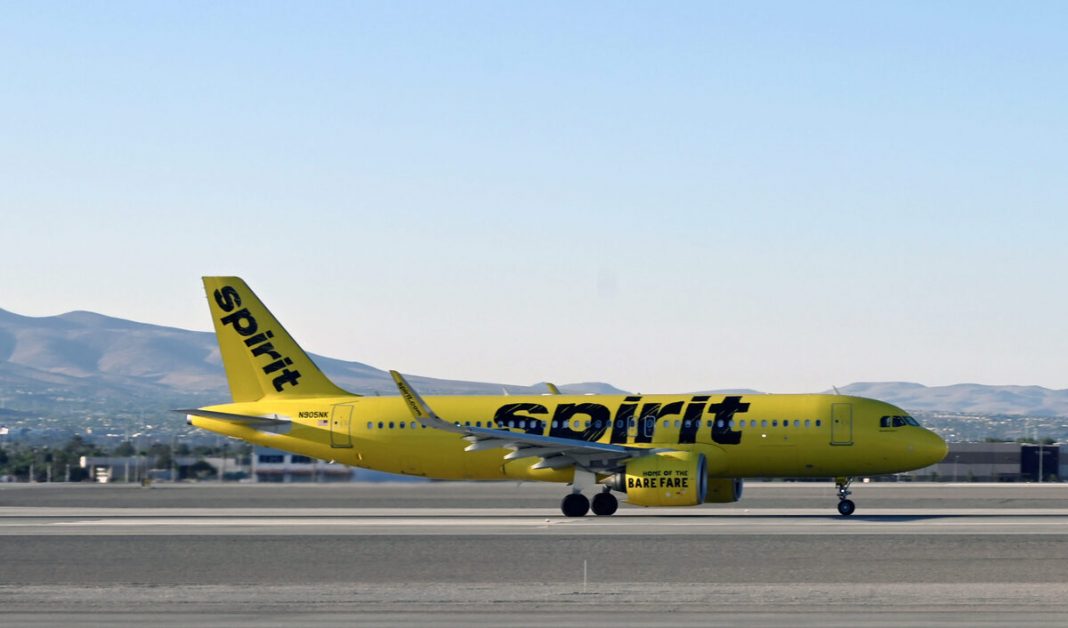Spirit Airlines is riding high so far as the global crisis continued to wreak havoc on airlines. Even amid a slight downturn in travel at the back half of October, the airline anticipated a relatively decent month, with ancillary revenues per segment set to increase.

Spirit Airlines expects higher October ancillary revenues per segment
In the airline’s third-quarter earnings call, Matt Klein, the Chief Commercial Officer at Spirit Airlines, stated the following in regards to non-ticket revenue:
“Our team is doing a great job offering our guests more choices and driving superior non-ticket revenue results. In fact, right now in October, our non-ticket revenue per segment is expected to slightly increase versus October 2019, yet again, illustrating the strength of our business model.”
However, when asked further about non-ticket revenue going up, Mr. Klein added the following:
“So when I talk about the October non-ticket rate being up slightly year over year, that’s in the face of headwinds like no change fee revenue. So just think about that. That’s a relatively large piece that’s just gone away, yet we still are having the success. And it’s going to be based on things that we’ve been talking about for a while, which is understanding how best to price our seat assignments, how to think about the merchandising of bags and when they’re purchased and the purchase process.”

This comes as the airline anticipates October’s capacity to be down 36% year-over-year.
Essentially, the airline is seeing more ancillary revenue per segment than before. In the third quarter, the airline’s non-ticket revenue per segment was about $51.37. So, passengers were willing to spend on add-ons like priority boarding, bags, advance seat selection, and more.
Ancillary revenue is important for Spirit
In the third quarter, ancillary revenue per segment was only down 7.2% year-over-year, while ticket revenue per segment was down 35.1%. So, there is a resilience when it comes to ancillary spend; though that is not necessarily as surprising, it did prove to be critical for the airline.

Ancillary revenue, however, is something that will appeal to most travelers. Most people will travel with more than just a personal item, taking a carry-on or checked bag with them. Others may choose pre-assigned seating to at least try to social distance onboard or make sure they are only sitting next to people they know if they are not traveling alone.
Why it makes sense for October revenues to be higher
With Spirit’s Latin American route network still significantly reduced through the third quarter, the airline could not benefit from ancillary fees from passengers who were heading home or for a vacation in Latin America. Those flights, which are often a little longer and would earn a higher premium for things like seat assignments, flew fewer passengers, so there was less spend.

In October, however, more of that network came back, so Spirit can again get that revenue. This explains why it would be higher than the second quarter, though, for year-over-year growth, we have to dig deeper.
First and foremost, Spirit Airlines grew slightly, adding 12 aircraft in 2020, which means more flying and more ancillary revenue. Even with the Airbus A319s parked, the A320neos, which are newer and bigger, offer more capacity, which means more opportunities to gain ancillary revenue.
Even with Spirit’s flights expecting a load factor in the mid-70% range in October, passengers were still willing to pay for features like priority boarding, advanced seat selection, and bags. Some might be more inclined to take advantage of add-ons.

Another reason could be baggage. Baggage fees on Spirit depend on when you select to purchase bags. They are cheapest when booking and get more expensive as it gets closer to the flight, maxing out at the gate. Also, bag prices can vary based on the route. In addition, Mr. Klein referenced overweight bag fees as one place where Spirit has done a good job collecting revenue.
Also, it appears that Spirit can command a higher premium from passengers when it comes to ancillary fees. Spirit has few pre-published fee charts, so things like seat selection fees are dynamic, and some passengers may be willing to pay a higher premium to guarantee a certain seat.
What do you make of Spirit expecting ancillary revenue per segment to be higher year-over-year for October? Do you buy add-ons when you fly Spirit? Let us know in the comments!
[ad_2]
Source link


